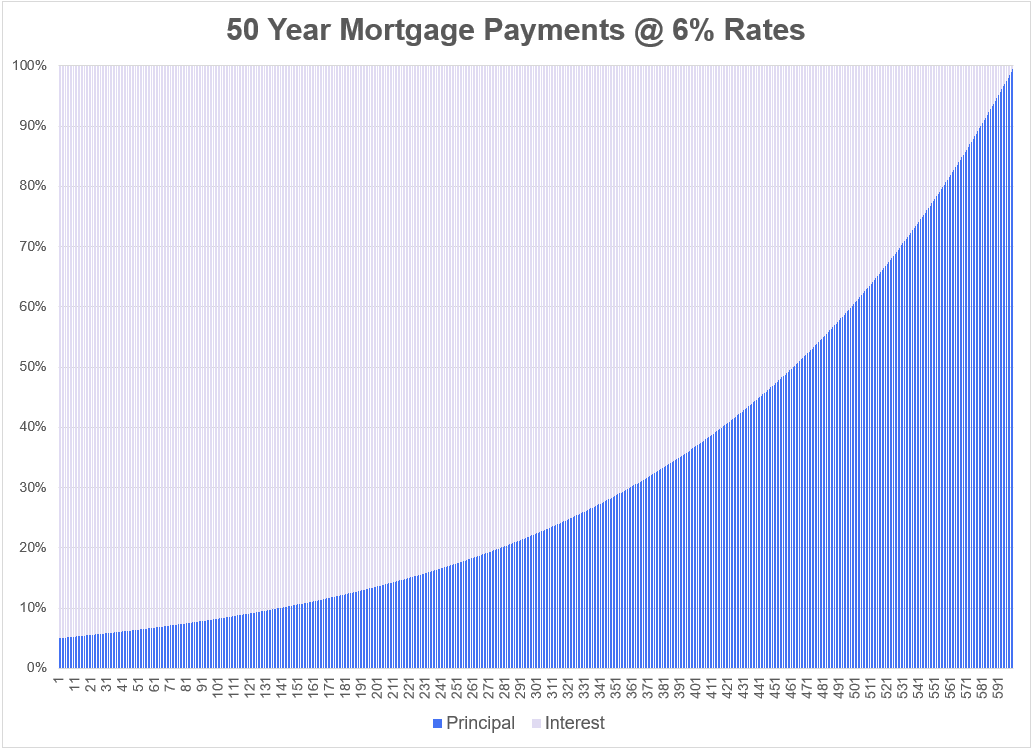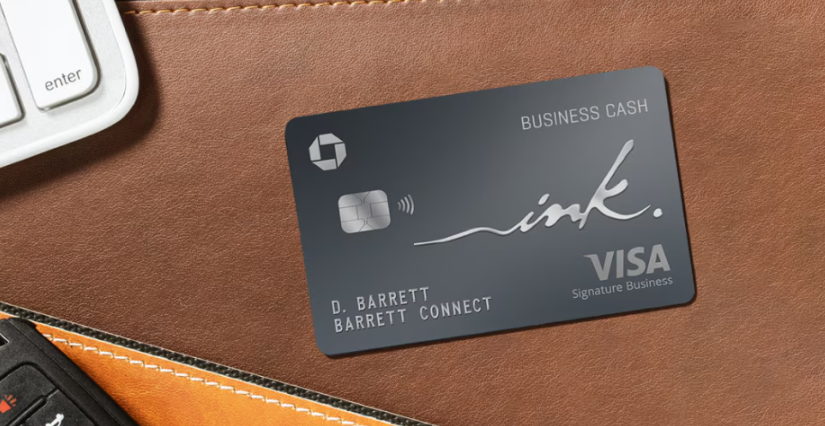Fraudulent credit activity is on the rise, and it’s costing lenders—and consumers—millions. TransUnion is launching a solution to fight credit washing, a scam in which criminals remove legitimate negative credit data to temporarily boost their scores and secure loans they never intend to repay.
Credit washing often involves disputing accurate negative information on a credit report. The temporarily boost can allow criminals to obtain auto loans, credit cards, or other financing, leaving lenders and businesses holding the financial losses.
A Possible Solution
According to TransUnion, these schemes have surged in recent years. Roughly 5% of U.S. consumers have had charge-off accounts suppressed for what it calls “atypical reasons” just this year.
It estimates that $10 billion in debt will be removed from credit reports by the end of the year.
TransUnion’s solution enables lenders to route suspicious consumers to manual review, reducing early charge-offs. Its Credit Washing Default Score identifies consumers with a history of charge-off suppression who may be at elevated risk of defaulting on new accounts within 12 months. The product also includes algorithms that track changes in reported charge-offs across six lines of business, including auto loans and bank cards.
An Unfortunate Side Effect
Credit washing is possible because of the Fair Credit Reporting Act, which was originally intended to help victims of identity theft. If a consumer reports that they have been a victim of identity theft, their financial institution and the credit bureaus are legally required to block the impact on the disputed account within four days while the claim is being investigated.
The request can be denied or later revoked if the institutions can prove misrepresentation, but doing so is not always feasible within the narrow window allowed by law.
“What seems to be particularly tricky about credit washing is the first party fraud angle, which is often difficult to distinguish from legitimate fraud claims,” said Suzanne Sando, Lead Analyst of Fraud Management at Javelin Strategy & Research. “Without strong fraud detection in place to identify and analyze the right signals to actually determine if the dispute is legitimate, these claims get approved, negative marks get removed, and the credit score jumps high enough for a loan to go through. It’s yet another avenue that some consumers have exploited for financial gain without detection.”
Disclaimer: This story is auto-aggregated by a computer program and has not been created or edited by finopulse.
Publisher: Source link







